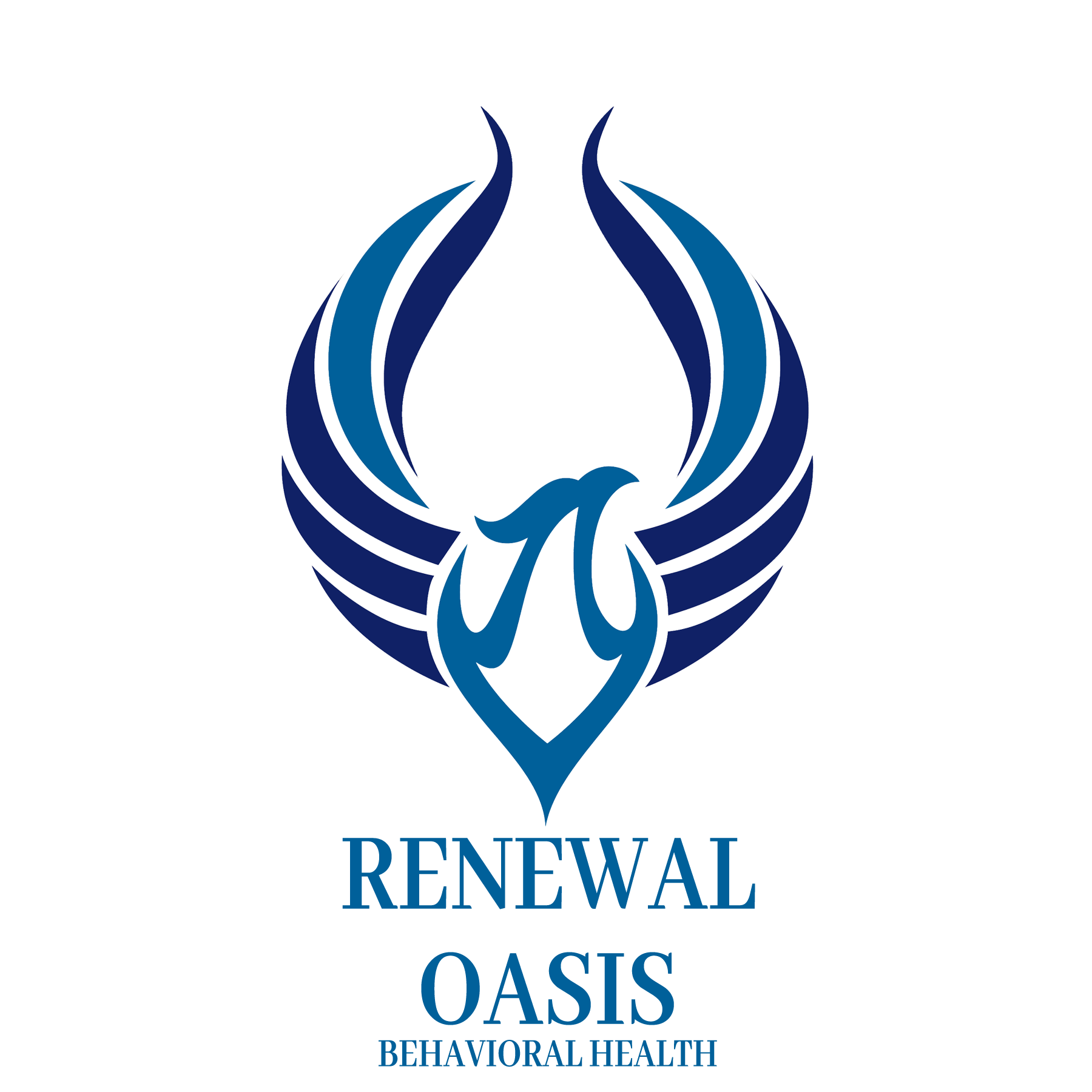Many people associate post-traumatic stress disorder with emotional symptoms, but don’t understand there is a connection between PTSD and the brain. When someone experiences PTSD, it affects how their brain functions. While not everyone has the exact same type of changes to their brain, definitive biological changes take place.
Renewal Oasis is a world-class treatment center that offers both residential and outpatient programs that treat PTSD. Everyone who comes to us receives care from licensed and experienced therapists who understand the intricacies of having a trauma-based illness. They assess each individual to determine how they experience this mental illness and match them with the most appropriate types of therapy for their situation. Our post-traumatic stress disorder program helps people minimize and eliminate many symptoms and regain control of their lives.
Connection Between PTSD and the Brain
When a person undergoes great stress and trauma, it can impact their brain. In fact, the connection between PTSD and the brain can cause great difficulty for a person. Enduring traumatic stress can impact several areas of the brain. While some changes may be temporary, others are long-lasting.
According to the National Institute of Neurological Disorders and Stroke, there are three parts of the brain. They are the forebrain, the midbrain, and the hindbrain. There are structures within these parts of the brain that can be impacted by PTSD. These include:
- Amygdala: This is responsible for processing emotions including fear and anxiety.
- Hippocampus: This part regulates memory, learning, emotions, and reacting, including the fight, flight, or freeze reaction.
- The prefrontal cortex: This is responsible for actions such as decision making, planning, and problem-solving.
- The anterior cingulate cortex: This part aids in cognitive processing, including motivation, learning, and conflict and error monitoring.
- The nervous system: This carries messages from the brain to the body parts and oversees seeing, thinking, moving, and breathing.
These structures affect how the brain processes events, including traumatic experiences. As a traumatic event plays out, the brain shuts off certain mind and body processes to help manage it. The sympathetic nervous system increases the amount of stress hormones, putting the body into flight, fight, or freeze mode.
The sympathetic nervous system should calm down once the threat ends and the brain resumes standard functioning. However, if the flight, fight, or freeze mode does not switch off. the brain cannot resume its usual functions and remains in a permanent state of survival mode.
Some of the symptoms of PTSD are said to be the behavioral manifestation of changes in the brain structure and function brought on by the immense stress of trauma. These symptoms include flashbacks, nightmares, difficulty sleeping, intrusive thoughts, poor memory, and difficulty concentrating.
Data collected from studies done over several decades shows that those with PTSD often have neurobiological abnormalities. Because of the level of damage to the brain, PTSD often causes a person to have difficulty differentiating between past trauma and ordinary events taking place in the present. As a result, they can react with PTSD symptoms in situations that are not a threat to them. Even with the reassurance of others that everything is okay, the individual will need professional treatment to help quell the desire to react out of proportion to the situation.
Can the Brain Heal from PTSD?
A person who lives with the effects of PTSD and the brain can reverse much of the damage. Attending therapy sessions and working diligently in a person’s appointments can help improve their brain functions. The individual should seek a full assessment from a mental health counselor to determine which approach will work best for them.
What are Some Brain Treatments and Therapies That Help PTSD?
When looking for help disarming the link between PTSD and the brain, start with finding an effective treatment program. The therapist should have experience in treating trauma-based illnesses such as PTSD and Complex Trauma.
Therapies that have high success rates in helping people overcome their trauma symptoms include:
Eye Movement Desensitization and Reprocessing Therapy (EMDR): An EMDR trained therapist directs a person to use specific eye movements or respond to tapping motions or hand gestures while they recount the trauma they endured. Their brain begins to process the trauma in a different way so their symptoms become minimized.
Mindfulness Therapy: Learning to become mindful can be done in different types of therapy that focus on it. The therapy helps people become aware of their emotions, thoughts, and feelings during all situations. They develop better awareness of the reality of a situation and are less likely to erroneously believe they are in danger.
Cognitive Behavioral Therapy (CBT): CBT helps people discover the correlation between how they feel and think and the resulting behaviors. They can develop healthy ways of coping with triggers and challenges.
Transcranial Magnetic Stimulation (TMS): This involves non-invasive stimulation of the brain using electromagnetic induction. This helps rewire a person’s brain so that they experience fewer symptoms of PTSD and a greater feeling of peace.
Contact Renewal Oasis to Treat PTSD Today
Do you have PTSD and don’t know what your options are for finding the right treatment program for you? While many facilities offer care for people with PTSD, only a few reach the gold standard of Renewal Oasis. Our staff understands the connection between PTSD and the brain and how it manifests in a person’s behaviors. We employ evidence-based therapies that help people understand their illness and target ways to heal. Whether a person needs round-the-clock care or treatment on an outpatient basis, we can give them the effective help not found in other programs.
Contact us today and find out how we can help you move past PTSD and enjoy life again. Our admissions staff can answer any questions you have and provide a free insurance verification.
Published: 10/15/2024

